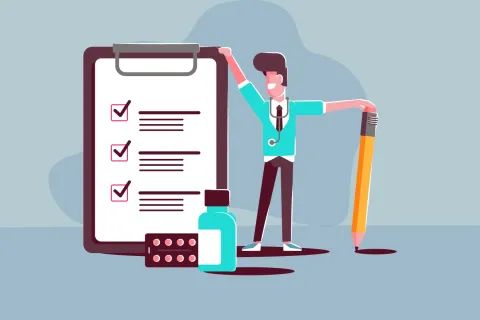
GxP stands for "Good Practices," and the "x" can be replaced with various letters to denote specific areas, such as Good Clinical Practice (GCP), Good Manufacturing Practice (GMP), Good Laboratory Practice (GLP), and Good Distribution Practice (GDP), among others.
The regulatory framework for GxP audits ensures the quality and integrity of pharmaceutical products throughout their development, manufacturing, and distribution processes. It is multifaceted, encompassing international standards, industry-specific regulations, and guidelines issued by regulatory authorities. Organizations must understand this framework to effectively navigate the intricate regulatory compliance landscape.
Key components of the regulatory framework for GxP audits include:
1. Guidance Documents and Regulations: These documents outline the requirements for compliance with GxP standards. For example, the Medicines Control Authority of Zimbabwe (MCAZ) assesses evidence against GxP standards according to the MASCA 15:03 and its associated regulations and guidelines.
2. Inspection Procedures: Regulatory authorities conduct inspections to ensure adherence to GxP standards. These inspections can be routine or triggered by specific concerns and may involve on-site visits or virtual/remote inspections, especially during emergencies such as the COVID-19 pandemic.
3. Quality Risk Management (QRM): QRM principles are applied to identify, assess, and control risks to the quality of pharmaceutical products. The MHRA provides guidance on GMP-QRM, and the FDA has published documents on quality risk management principles and industry case studies.
4. International Standards: GxP audits are also guided by international standards and agreements, such as those from the International Organization for Standardization (ISO) and the International Council for Harmonization of Technical Requirements for Pharmaceuticals for Human Use (ICH).
5. Mutual Recognition and Cooperation: Regulatory authorities may recognize and rely on inspections and audits conducted by other competent authorities, as seen in the mutual recognition of national inspections within the European Economic Area (EEA).
6. Quality Systems Framework: Inspectorates adopt quality systems to ensure consistency in inspection approaches and evaluation of findings. The EMA has established a quality systems framework for GMP inspectorates.
7. Training and Competence: Regulators are trained in GxP requirements to conduct effective inspections. Training programs, such as those organized by Thailand's FDA, aim to build technical skills for regulators in GCP and other GxP areas.
8. Compliance and Enforcement: When deficiencies are identified during GxP inspections, regulatory authorities work with the entities involved to address the issues. Significant deviations can lead to further regulatory actions, including the provision of inspection findings to relevant authorities.
9. Documentation and Reporting: Entities involved in the pharmaceutical supply chain must maintain proper documentation and reporting systems to demonstrate GxP compliance, which can be audited by regulatory authorities.
10. Third-Party Audits: Companies may rely on third-party audits to ensure GxP compliance, especially for outsourced activities. These audits should comply with the relevant GxP guidelines and provide detailed reports.
Conclusion
The regulatory framework for GxP audits is designed to ensure that pharmaceutical products are consistently produced and controlled according to quality standards, safeguarding public health, and maintaining trust in the healthcare system. Are you looking for assistance in designing the ideal regulatory framework for GxP audits in your organization? Contact our experts today.









